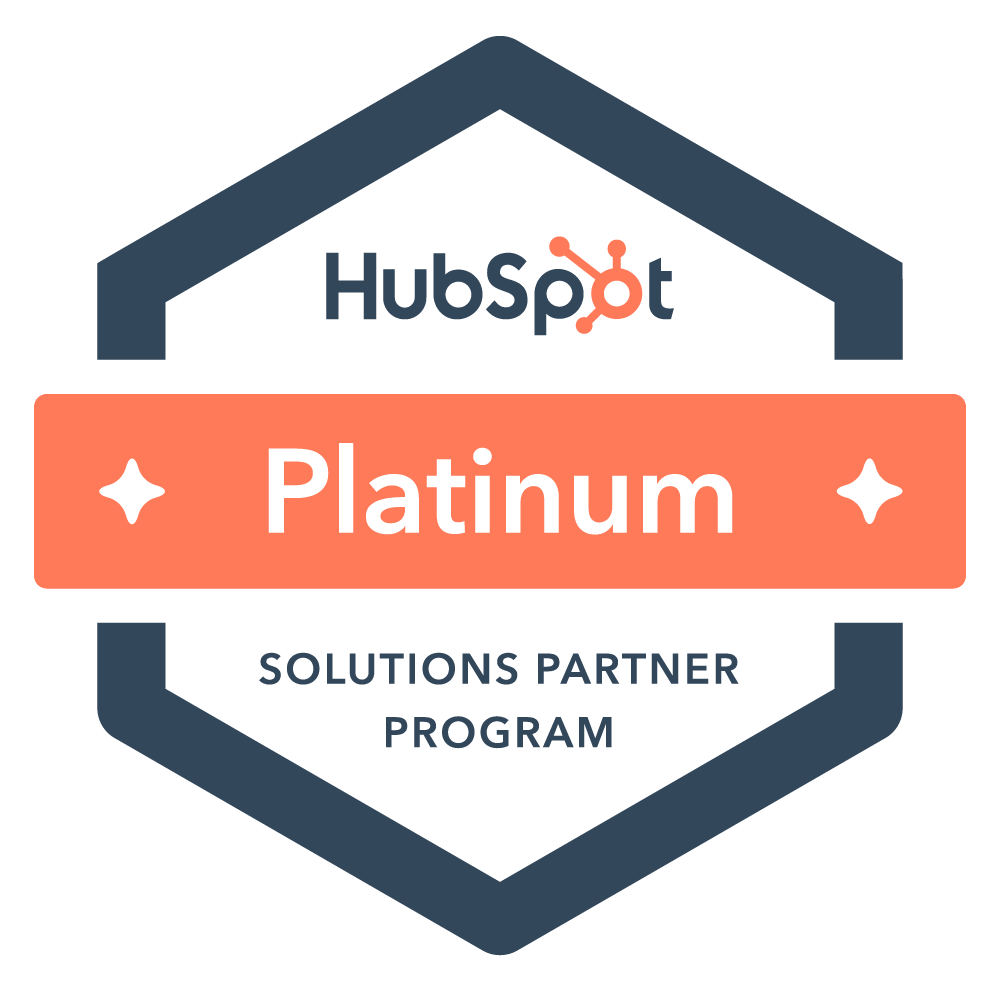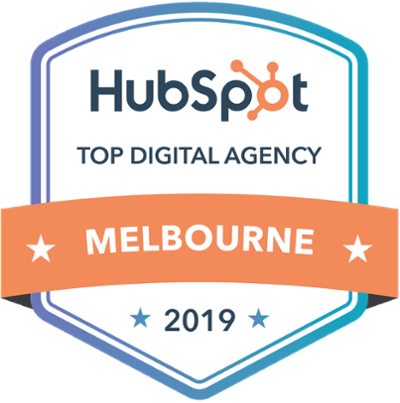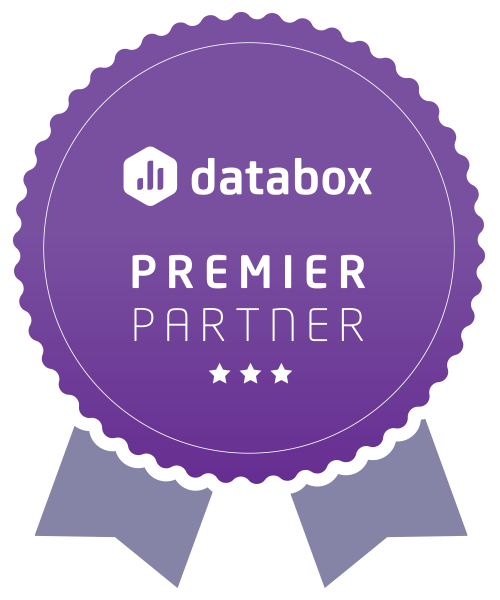It's time to ditch the jargon in 2020.
Every month, it feels like Google, Facebook or LinkedIn have changed something about their algorithm, policies or functionality. This keeps new buzzwords circulating, more acronyms and trending articles telling our clients that when it comes to marketing... they're doing it all wrong. (Our favourites are the super helpful "secret" tips to making thousands everyday while sitting on a beach).
In the spirit of simplifying what others have complicated, we've put together 29 of our favourite (or least favourite?!) buzzwords, decoded.

A/B Testing
When you test two different versions of a web page, email headline, ad or CTA to see which one is better at attaining the desired result - i.e. one page says "Buy Now" and the other says "Buy Today".
Attribution models
A map of the journey someone took to go from being a lead to a customer of your business; and assigning value to the different touchpoints and channels they visited along the way.
Buyer personas
A representation of your ideal customer(s) based on market research and existing customer data. Buyer personas have the power to influence every aspect of your business, including marketing/content strategy, business development and website design.
CTA - Call to action
The instructions you leave with your target audience to persuade them to take a desired action i.e. "Buy Now" "Learn More" "Subscribe" and many others! On a web page this is usually a button where both placement, size and colour matter.

Path length
The number of page views and events (i.e. clicks, scrolls) it takes for a user to finally make a transaction or conversion goal on your website. Hot tip: Create virtual page views or scroll depth events in Google Tag Manager for one-page sites.
Re-targeting
A form of online advertising where you can target users who previously visited your website with banner ads on display networks across the web, apps and social networks. Hot tip: Create an audience for your checkout page of users who abandoned without signing up for an account.
Event-triggered email
An email that is sent to your subscriber based on an event occurring such as a welcome email when they sign up, an anniversary or an email with a discount code on their birthday. Hot tip: A florist who remembers when their customers buy anniversary or birthday flowers for their partners can improve year round demand.
Contextual marketing
When you're shown a targeted ad based on your online browsing habits such as after researching holidays to Europe, you start seeing ads for discount flights to Italy and hotel offers in Paris. There's a fine line between helpful and stalker-ish.
Customer journey
The roadmap to knowing your customer and walking in their shoes. How did they discover your brand, how do they navigate your products or services, what other interactions do they have with your brand before purchasing, what happens next? Your customer journey map should be able to tell you all of this and more.
Psychographics
If your customer demographics are the what, then psychographics are the 'why'. Psychographic data explains who your customers really are i.e. their values, interests, pain points and personalities. This knowledge is invaluable to your business and how well you model your solutions to their needs.
Evergreen marketing
Content that remains valuable and doesn't age in a hurry. It will continue to attract customers long after you publish it and requires little or infrequent updating. Depending on your industry this could be an 'annual trends' report or a 'how-to guide'. Evergreen - The gift (of traffic) that keeps on giving.
Inbound marketing
People now have more the ability to research any product or service within seconds of thinking about it. Inbound marketing is about ensuring your site will have the helpful content customers are looking for as they navigate their buyer journey. Win loyal customers by providing value from the first encounter and not just the first transaction.
TOFU - Top of funnel
The channels, content and advertisements you create to build awareness for your brand, educate visitors and "draw" them into your website to take the first step. While the 'funnel' methodology is being replaced with 'flywheel' we think these terms will stick around.
MOFU - Middle of funnel
The content you show website visitors who are considering your product or business, i.e. comparison sheets, white papers or case studies.
BOFU - Bottom of funnel
The approach or service you provide to start converting your leads into buyers. This includes free trials, consultations and discount codes.
Omnichannel
Online stores and 'bricks and mortar' stores now support one another to give the customer the best experiences from both worlds. An online customer walks past a physical retail location and gets a special offer relevant to their last online purchase.... hello omnichannel!
GDN - Google Display Network
A vast network of websites that run Google ads, including YouTube, Gmail and Google Finance amongst other sites - 94% of sites in the US, in fact. Unlike Google Search Ads, Google Display Ads let you use image, video, product-listing or rich media formats and be seen by customers 'all around' the Internet.
AMP - Accelerated Mobile Pages
A project kicked off by google to improve the page load speed of your content. An AMP takes away the bells and whistles to ensure mobile users don't chew up data or time when they browse your content. Hot tip: Mobile page load speed is now a consideration in Google's page ranking algorithm.
Long tail keywords
Usually a specific phrase of 3-4 words a user might input to find a product or service like yours. Think "Little black dress" and Coco Chanel or "Red sports car" and Ferrari. Hot tip: These are usually cheaper to bid on and have higher conversion rates.
 SEM - Search engine marketing
SEM - Search engine marketing
The ability to have your ads served only when a user searches for a keyword (or phrase) that you are bidding on. Targeting can be narrowed by location, age, gender and other demographics. Retargeting can also be done via SEM allowing you to target website visitors or people who abandoned their cart but didn't leave their email address yet.
SEO - Search engine optimisation
How discoverable your page is based on the key search terms that it relates too. To win at the SEO game you have to understand what search terms your customers use to find you and what rules Google has about reading and storing (crawling) your page content. SEO is never 'done'.
SERP - Search engine results page
There's more than just search results on the SERP these days. Search snippets that show products, movie times, definitions as well as ads also populate the page and help increase your chances of being clicked in conjunction with your organic results.
Snippets
Snippets are a way for clever marketers to tell the search engine what information from your site should be shown to a user based on their search. A must have in the future of SEO with voice based search and AI needing as much help as you can give it. Also, as per above, snippets help you get prime position on the SERP. The most undervalued SEO strategy of 2020.
Micro-moments
The moment that people turn to a device to get immediate information that will help them to make a decision, resolve a problem, buy something or go somewhere. This is usually done with smartphones and/or AI voice assistants like Siri or Alexa. Hot tip: Snippets, snippets, snippets.
PPC - Pay per click
An internet advertising model where you, as the advertiser, pay a certain amount (bid) to the ad platform every time a user clicks on your ads. Bidding strategies and payment methods are making it easier for marketers to get ROI on advertising.
UTM - Urchin tracking module
A string of simple, customisable code that you can add to the end of your URLs to better identify and track web traffic and campaign performance in your Analytics dashboard. Find out how to build and use UTMs for clearer insights on your next campaign.
Macro conversion
The primary goal you want your website visitors or audience to take. In eCommerce, this usually means they have made a purchase. In SaaS, this could be when users switch from a free trial to a paid account.
Micro conversion
These are the smaller steps a user might take along the way to a macro conversion. While not the primary goal you want them to take, micro conversions are still milestones that bring users one step close to becoming paid customers.
CRO - Conversion rate optimisation
The strategies you take to increase the percentage of your traffic that take the action you want. This is usually done by improving the user experience on your website/landing pages to guide users toward a single action. Optimising your website conversion rates can result in immense benefits to your business.
Look out for regular updates as the buzzwords train keeps delivering, and feel free to throw some buzzwords at us in the comments section if you feel we need to do them some justice.
If you made it this far, you’re our kind of awesome. We know that it's unlikely one blog post could possibly answer all your questions. That's why we created the button below, where you can literally ask us anything. Just click and send your questions through.






